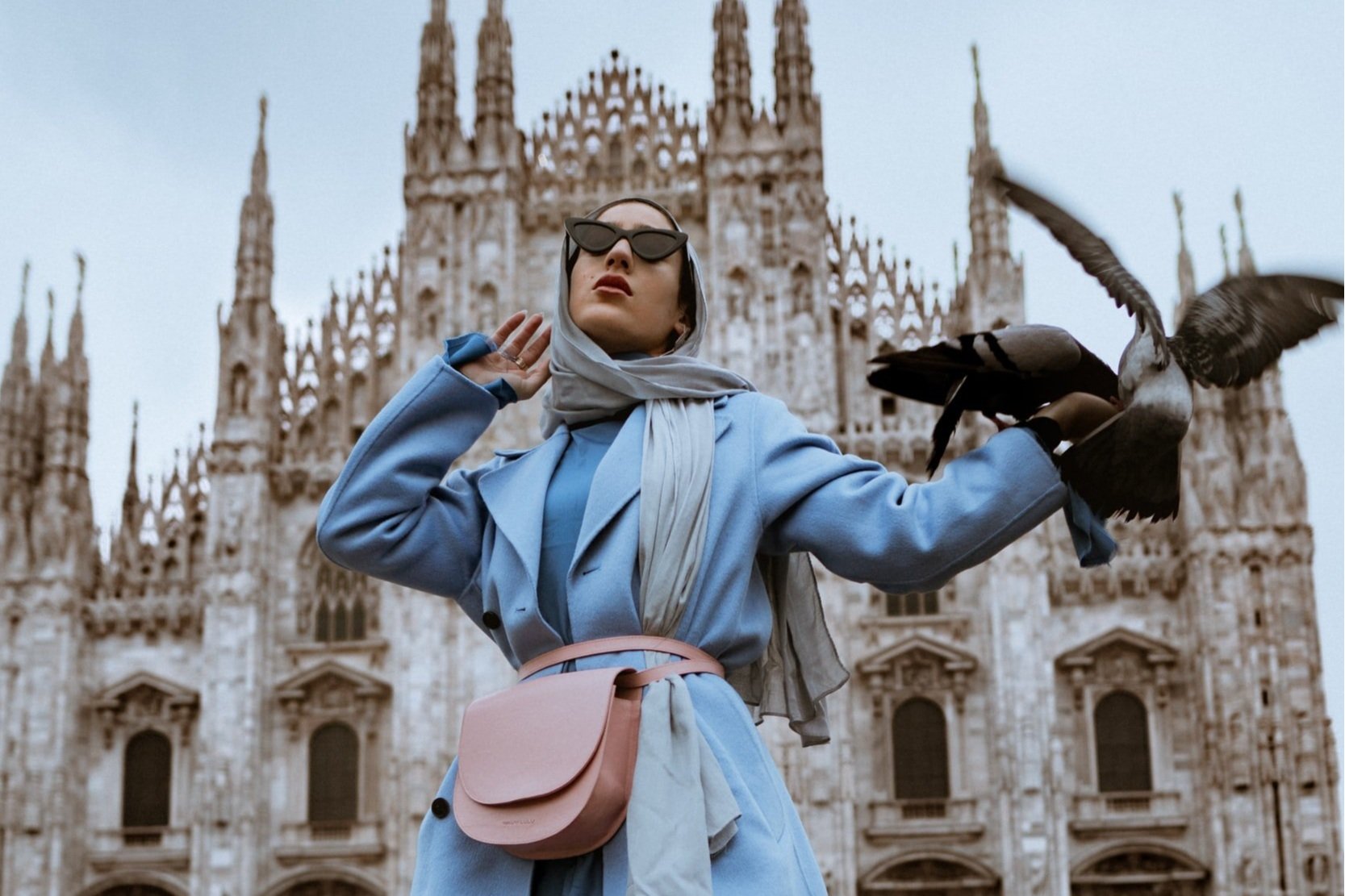Sustainability in Italian Fashion
Photo by Unsplash
Since the post World War II era, Italy has created a fashion empire known for its craftsmanship and elegant sense of style. Subsequently, the ‘Made in Italy’ label has gained international recognition for products of the highest quality and authenticity. To compete with other countries in the global fashion supply chain, Italian fashion brands have implemented environmental and social sustainability into its practices. The Camera Nazionale della Moda Italiana (CNMI), also known as ‘The National Chamber for Italian Fashion,’ has a Sustainability Working Group Sector that sets disciplines, coordinates and promotes the development of responsible Italian fashion. Its manifesto has guidelines for manufacturing practices, sustainable retail, and eco-toxicological requirements for articles of clothing and industrial discharges; among others. The non-profit association is located in Milan and its members include the likes of Gucci, Prada and Salvatore Ferragamo.
During Milan Fashion Week in September 2017, the CNMI hosted the first Green Carpet Fashion Awards. The ceremony brought together some of the most prolific fashion houses, emerging designers, stylists, and artisans. Participants of the event included: Giorgio Armani, Miuccia Prada, Alessandro Michele (Creative Director of the Gucci Maison) and Pierpaolo Piccioli (Creative Director of the Valentino Maison). The first sustainable fashion awards were given to former model and activist Gisele Bündchen and designers Pierpaolo Piccioli and Brunello Cucinelli. The ceremony proved that luxury and care for the environment could not only coexist, but it had the potential to create a more ethical and glamorous industry.
Photo by Marcello Pipitone SS22 Collection
Innovations and Emerging Designers
In Italy, the need for environmental and social responsibility has left room for a wave of new designers and innovations. Designers and fashion houses are experimenting with environmentally responsible and recycled materials in their garments. For example, two young men from Verona created waterproof jackets made of marble and leather bags made from wood. The marble is pulverized and transformed into a rubbery material that is used for parkas and raincoats. For their leather bags, they use wood from ethical forests to create a flexible material similar to leather. Additionally, two girls from Sicily used oranges, which are very native to the region, to create a yarn called Orange Fiber. The biodegradable fiber can be used as an alternative to silk and has already been embraced by brands such as Salvatore Ferragamo and H&M. Finally, C.L.A.S.S. (Creativity Lifestyle And Sustainable Synergy), is a global platform on a mission to make the fashion and textile business smarter. The company’s workshop in Milan works on finding natural ways to innovate using 3D printing and embroidery, while also providing mentorship services to fashion brands on sustainable best practices.
New emerging Italian fashion designers are embracing the sustainable fashion trend with upcycling and recycling techniques. For instance, Simon Cracker was founded by Simone Botte, a young graphic designer from Milan with a passion for textiles. Botte creates garments using curtains, discarded tapestries, and deadstock from fabric shops, sofa manufacturers, and out-of-business upholstery factories. His upcycled lines are sold in China, Japan, and Italy. Additionally, Marcello Pipitone, from the Bonola district in the suburbs of Milan, created his namesake brand based on his passion for upcycling and the belief that objects are the vessels of “true values.” Both young designers were showcased at the White Sustainable Milano, a showcase-cum-workshop called Sustainable Evolution in 2021.
Italian Fashion Districts
In Italy, certain parts of the country are famous for a specific niche. For example, Como is known for its silk printing, Biella for its fine wool textiles, Prato for its fashion woolens, Le Marche for its shoe making and Florence for its leather goods. This expertise is still relevant to its city of origin today. Prato, a fashion district an hour outside of Florence, has mastered the art of recycling fabric. The town processes 15% of all recycled clothes in the world. Clothing that has been recycled is acquired, sorted, torn apart and washed to create new woolen fibers and eventually new knitwear. Prato is trusted by brands such as Patagonia, which utilized their recycled materials to make the Woolyester Fleece. You can read Patagonia’s Letter from Tuscany here to recount the story of the district and the fibers that they recycle.
In an interview with BBC, Matteo Ward, member of Fashion Revolution Italia, said that, “The culture in Prato is the culture that we need across the entire fashion industry.” He went on to add, “iit is based on collaborations that are local but are capable of showing how if these things are taken into a national, global scale, the entire industry could benefit.” Although, craftsmanship has always been the envy of onlookers to Italian fashion brands, the country is redefining that term by promoting more responsible innovations and production; and it is high time the rest of the world followed along.






